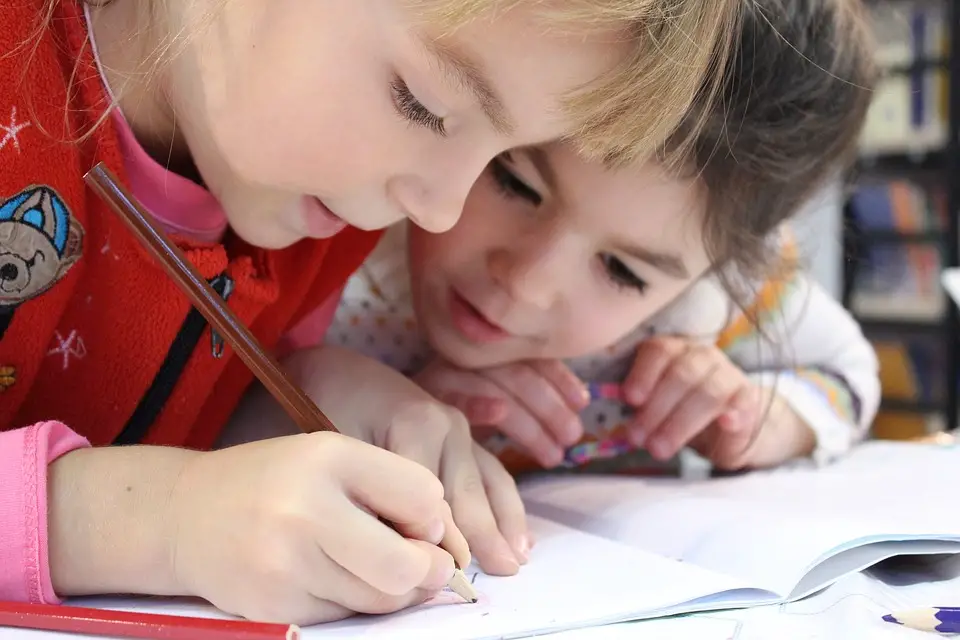Despite the fact that mandatory education begins a little bit later in Croatia than it does in some Western European countries, this country puts a lot of emphasis on education, and I for one was surprised to learn just how much children have to do in terms of homework and studying at an age where I was just playing out in the street with my friends and falling off my bike (a lot).
A (very) quick history
There are 940 primary schools, 390 secondary schools, and 90 public and 32 private education institutions across Croatia, with international students choosing this country more and more frequently. The very first university in Croatia, the University of Zadar, was founded way back in 1396, while the largest university in the country is the University of Zagreb, founded in 1669.
How it works
Education in Croatia begins with kindergarten (pre-school if you’re British), and then the beginning of the compulsory eight years of primary school education starts at the age of six or seven depending on when the child’s birthday falls. After finishing their primary education, kids can continue learning based on the grades they earned in four-year non-compulsory secondary schools that are divided into gymnasiums, vocational (industrial, trade, and technical) and art (art, dance, and music) schools.
Enrollment in higher education institutions in Croatia has been determined by grades obtained during high school exit exams since back in 2010, with the study programmes being aligned with the Bologna Process since 2005. Croatian higher education institutions are divided up into colleges, faculties, academies of art and polytechnics and they offer both university and professional studies. While students (or should I say their parents) need to pay for their supplies, public primary and secondary schools, as well as institutions of higher education, are free. Scholarships are also regularly given out by the state in the case of higher education institutions.
I’m a foreigner and my kids don’t understand the language, is a Croatian international school up my alley?
Many foreigners who move to Croatia have very valid concerns about their children who don’t speak the language. There are multiple Croatian international schools which cater to all age groups with their various programmes, some of which are internationally (as the name suggests) recognised. There is also usually extra help on offer for foreign children attending Croatian public schools to get their language skills up to par.
To start off with, it’s important to state that Croatia has both public and private schools on offer, and that in public schools, lessons are taught solely in Croatian. International schools teach in English, Spanish, German, French and numerous other languages. This might be a much better choice if you have children who need to continue their education in their native languages, with Croatian also being drip fed in.
If you’re planning on moving to a more rural area and you have school-age children, you will have a tough time on your hands. Zagreb and Split, Croatia largest and second largest cities, have several international schools respectively. Most of the schools and kindergartens listed below also have some lessons or at least some instructions given in Croatian as well as the primary language used in teaching.
Croatian international schools and kindergartens – Zagreb
Zagreb is home to many internationally recognised and respected international schools and kindergartens, and being the capital, it is home to the highest number of them in the country.
The Mala kuća International Kindergarten (Little House)
Obzori Kindergarten (Horizons)
The Learning Tree International Kindergarten
Dječji vrtić zvjezdica (The Little Star Kindergarten)
The British International School of Zagreb
The American International School of Zagreb
The Bright Horizons British International School of Zagreb
Ecole Française Internationale de Zagreb
The Matija Gubec International School
Deutsche Internationale Schule Zagreb
The International Baccalaureate at MIOC
Croatian international schools and kindergartens – Split
Split, Dalmatia’s largest city and the country’s second largest city, also has a few international schools and kindergartens to boast of, although there are considerably less to speak of than in Zagreb.
Harfa International School
Split International School
Fun2Learn
Bravo!
All in all, public education in Croatia does very well considering the level of funding it gets, and when it comes to private and international schools, the reviews speak for themselves. They are the best choice for expat families, with the only downside being that they are very much located in the two largest cities. ESL schools, however, are spread across the country, from all the way down south in Dubrovnik to up in Koprivnica.
For more tips and tricks related to moving to and living in Croatia, from information on driving and jumping on a ferry to renting a property to finding a job, make sure to keep up with our dedicated lifestyle section. A special How to Croatia article focused on a specific topic is published every Wednesday.











